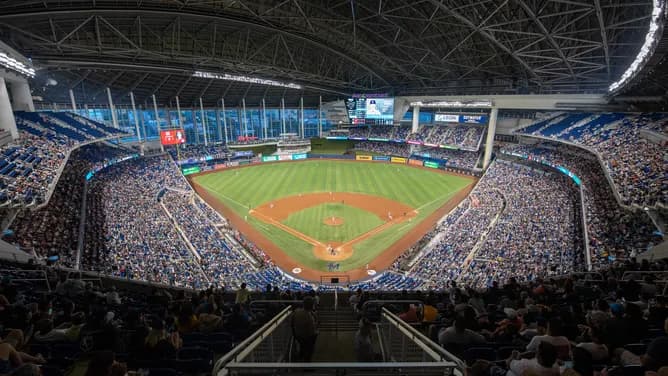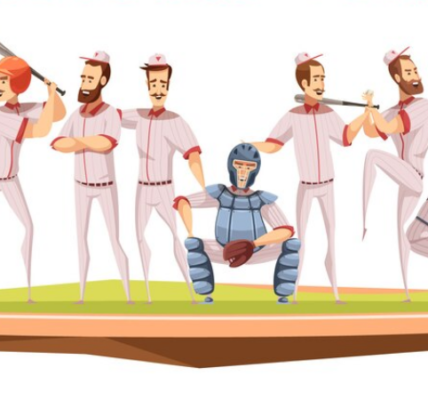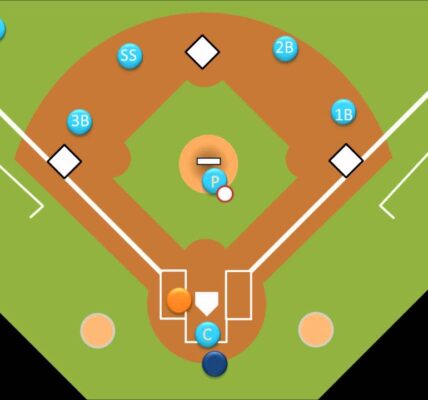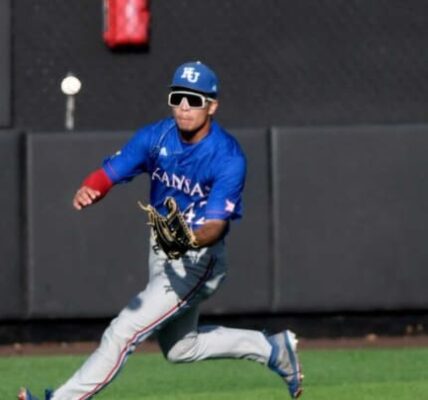Baseball stadiums with roofs, either fixed or retractable, provide a controlled environment for games, shielding players and spectators from varying weather conditions. This article presents an analysis of the eight Major League Baseball stadiums that feature such structures, highlighting their designs and the comfort they offer.
A Detailed Look at Each Enclosed MLB Stadium
- Tropicana Field: The sole MLB stadium with a permanent roof, Tropicana Field in St. Petersburg, Florida, is the domicile of the Tampa Bay Rays. Opened in 1990, the dome offers climate control and a seating capacity of 25,000. It features artificial turf due to its fixed roof;
- Globe Life Field: The newest addition to retractable roof stadiums, Globe Life Field in Arlington, Texas, hosts the Texas Rangers. Opened in 2020, it accommodates varying weather conditions with its retractable roof and artificial turf;
- LoanDepot Park: Home to the Miami Marlins, LoanDepot Park in Miami, Florida, boasts a retractable roof and a seating capacity of 36,742. Opened in 2012, its design reflects Miami’s spirit and is LEED-certified;
- American Family Field: Located in Milwaukee, Wisconsin, American Family Field is known for its fan-shaped retractable roof. Home to the Milwaukee Brewers, it opened in 2001 with a seating capacity of over 41,000;
- Minute Maid Park: In Houston, Texas, Minute Maid Park houses the Houston Astros. The stadium opened in 2000 and features a grass field and a retractable roof to enjoy Houston’s weather when favorable;
- T-Mobile Park: Formerly Safeco Field, T-Mobile Park in Seattle, Washington, has a unique retractable roof that doesn’t completely close. Opened in 1999, it serves as the Seattle Mariners’ home with a seating capacity of 47,929;
- Chase Field: Chase Field in Phoenix, Arizona, features a retractable roof and a unique cooling system. The home of the Arizona Diamondbacks since 1998, it can accommodate 48,405 fans;
- Rogers Centre: The oldest of the retractable roof stadiums, Rogers Centre in Toronto, Canada, is the home of the Toronto Blue Jays. Opened in 1989, it seats 49,286 fans and was the first with a fully retractable roof in North America.
The Impact of Roofed Stadiums on the Game of Baseball
Enclosed stadiums have significantly influenced the game of baseball, offering a consistent playing environment. These structures allow games to proceed irrespective of weather conditions, ensuring a predictable schedule and enhancing fan experience. The introduction of retractable roofs has also allowed for natural elements when weather permits, marrying the benefits of outdoor and indoor stadiums.
Design and Architectural Innovations in MLB Dome Stadiums
Modern MLB dome stadiums are marvels of architectural design and engineering. This section explores the innovative features and structural elements that make each dome stadium unique. For example, Globe Life Field’s retractable roof incorporates a cutting-edge mechanism, allowing for quick and efficient opening and closing, adapting to Texas’s unpredictable weather.
At Tropicana Field, the fixed roof design necessitated the use of artificial turf, a decision impacting both aesthetics and gameplay. LoanDepot Park in Miami showcases a neo-modern design, reflecting the vibrant culture of the city, while American Family Field in Milwaukee features a distinctive fan-shaped roof, combining functionality with visual appeal.
These stadiums represent a blend of form and function, where architectural creativity meets the practical needs of baseball games. The design choices not only cater to climate control but also enhance the spectator experience, making each stadium a landmark in its own right.
The Evolution of Stadium Design in MLB History
Stadium design in Major League Baseball has evolved significantly over the years, with dome stadiums marking a major milestone in this evolution. This section examines the historical progression from traditional open-air ballparks to modern enclosed structures.
Early baseball stadiums focused on maximizing seating capacity and views, often at the expense of comfort and amenities. As the sport grew in popularity, there was a shift towards more fan-friendly designs, incorporating elements like expanded concession areas and improved sightlines. The introduction of dome stadiums brought a new dimension to this evolution, prioritizing climate control and multi-utility spaces.
The transition to dome stadiums reflects broader trends in sports architecture, where the focus is on creating versatile, year-round venues. These structures not only host baseball games but also a variety of other events, demonstrating the flexibility and utility of modern stadium design.
Comparative Table: Features of MLB Dome Stadiums
| Stadium Name | Location | Roof Type | Opening Year | Seating Capacity | Unique Feature |
|---|---|---|---|---|---|
| Tropicana Field | St. Petersburg, FL | Fixed | 1990 | 25,000 | Climate-controlled dome |
| Globe Life Field | Arlington, TX | Retractable | 2020 | N/A | Advanced retractable roof mechanism |
| LoanDepot Park | Miami, FL | Retractable | 2012 | 36,742 | Neo-modern design, LEED certification |
| American Family Field | Milwaukee, WI | Retractable | 2001 | 41,000+ | Fan-shaped convertible roof |
| Minute Maid Park | Houston, TX | Retractable | 2000 | 41,188 | Fourth-largest HD screen in MLB |
| T-Mobile Park | Seattle, WA | Retractable | 1999 | 47,929 | Partially open roof design |
| Chase Field | Phoenix, AZ | Retractable | 1998 | 48,405 | Innovative cooling system |
| Rogers Centre | Toronto, Canada | Retractable | 1989 | 49,286 | First fully retractable roof in NA |
Baseball Game Time: The Influence of Stadium Design on Match Duration
The design of baseball stadiums, particularly those with roofs, plays a significant role in influencing the duration and flow of baseball games. In this section, “Baseball Game Time: The Influence of Stadium Design on Match Duration,” we examine how features of dome stadiums can impact the length and experience of a baseball match.
Enclosed stadiums like Tropicana Field and Globe Life Field offer controlled environments that eliminate weather-related delays, leading to more predictable game times. The retractable roofs in stadiums such as American Family Field and Chase Field allow for quick adaptation to changing weather conditions, minimizing interruptions and maintaining the flow of the game.
Moreover, the technological advancements in these stadiums, such as advanced lighting systems and climate control, contribute to an optimal playing environment. This can potentially speed up the pace of play, as players are less affected by external factors like heat, rain, or wind.
Additionally, the design of the stadium can influence crowd dynamics and player performance, indirectly affecting game duration. For instance, the acoustics and energy of a well-designed, enclosed stadium can boost player morale and fan engagement, possibly leading to more dynamic and faster-paced games.
Video Guide
To answer all your questions, we have prepared a video for you. Enjoy watching it!
Conclusion
In total, Major League Baseball features eight stadiums with covered roofs. These include both fixed and retractable roof designs, each bringing unique architectural and functional elements to the sport. While Tropicana Field stands out with its fixed dome, the other seven stadiums, including Globe Life Field and LoanDepot Park, offer the flexibility of retractable roofs.




